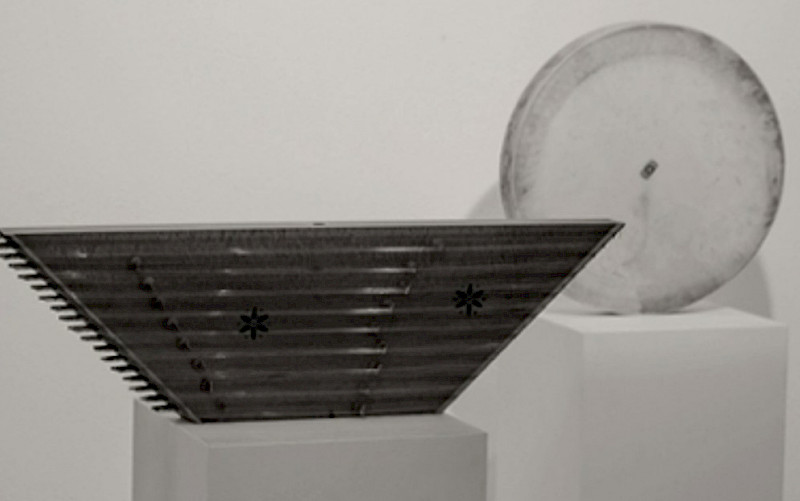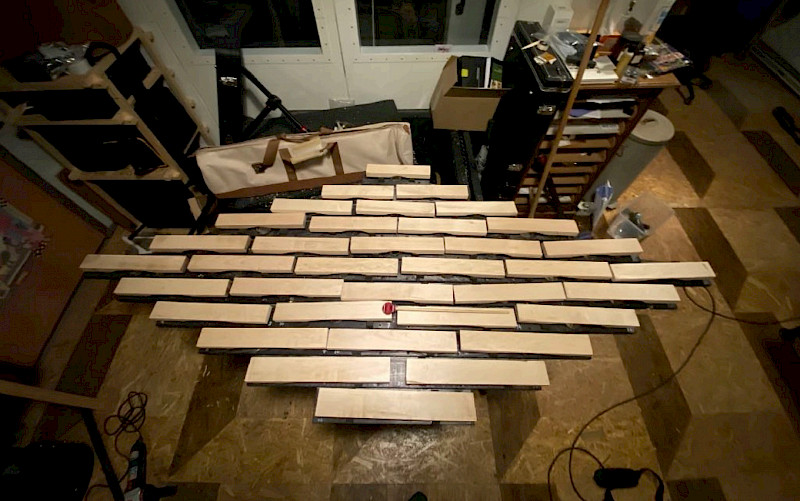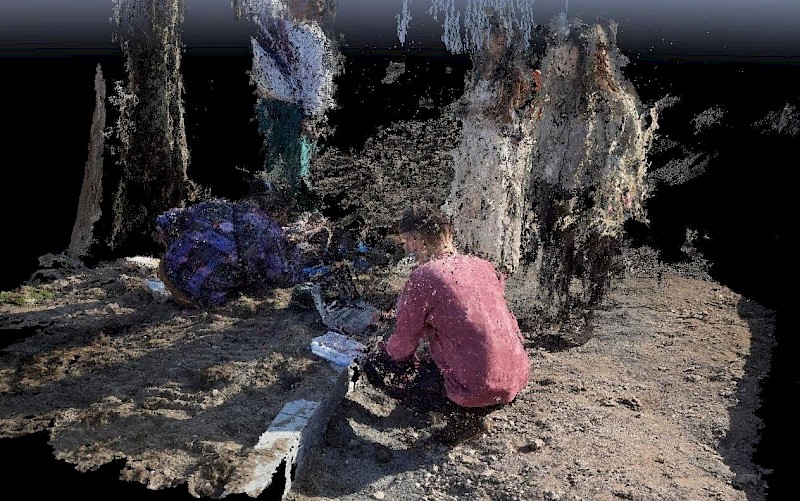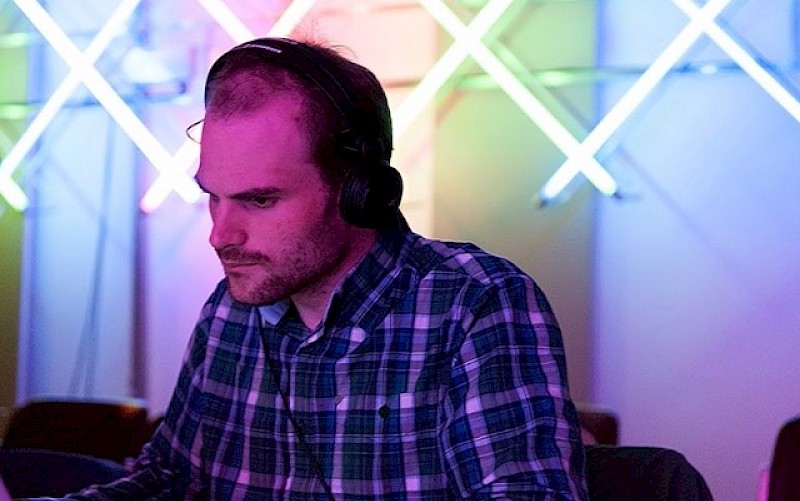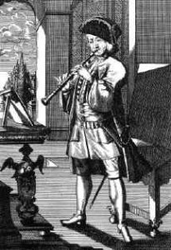
Emancipation of the Clarinet (1720-1760)
Name: Adrianna van Leeuwen-Steghaus Main Subject: Historical Clarinet Research Supervisor: Inês de Avena Braga Title of Research: Emancipation of the Clarinet 1720-1760 The transforming role of the two and three keyed clarinet in Sacred Music of the Late Baroque Period Research Question: Can we trace the Baroque Clarinet's role in Sacred Music and is there an obvious progression in the way composers wrote for the instrument beginning in the early 18th century to the instruments demise in the mid 18th century? What was the Baroque Clarinet's role in Sacred Music? Did composers intentioanlly use this instrument and if so for what purpose? Summary of Results: When speaking about the clarinet, the first period of music we naturally associate with it is the Classical. However, few realise that the history of the clarinet begins much earlier in the Baroque, with an instrument that we would today describe as ‘primitive’. The Baroque clarinet was developed around 1700 in Germany. It's repertoire and legacy is confined to about 50 years of music history. Colloquially called the 'Mock Trumpet', the Baroque Clarinet is characterized by a bright and brilliant sound. Some research has been done on the instrument already, particularily on its general history and repertoire. However what remains missing is uncovering the Baroque Clarinet's role in sacred music. Sacred music, particularily cantatas dominated musical life in the 18th century. Cantatas were performed every Sunday as well as on special feasts throughout the ecclesiastical calendar. Over the past two years, I have discovered a trove of cantatas containing parts specifically written for the Baroque Clarinet, some by well-known composers such as Telemann and Graupner and others unknown until now, such as Seibert and Kurz. Coincidentally, most of the composers are of German origin, employed by various cities and/or courts across the German-speaking lands. This research examines the repertoire and attempts to find a progression in the clarinet's use and role. The instruments characteristic timbre meant it shared a symbiotic relationship with the trumpet, but did it ever shed its trumpet association and find its own voice? Through analysis of the various cantata parts, I uncover that the clarinet was in some ways the 'perfect compromise'; able to sound brassy and brilliant when required, while also able to produce a sweet and singing tone. The clarinet was also techinically more capable then its trumpet counterpart, because it was less confined to the harmonic series and able to play quicker notes melodically with more stepwise intervals. In November 2017, the Royal Consrvatorie's Early Music Department premiered two of Telemann's cantatas with clarient parts; Lobet den Herrn TWV 1:1061 and Der Tod ist verschlungen in den Sieg TWV 1:320. Biography: Adrianna van Leeuwen-Steghaus, is a Canadian clarinettist specialising in historical instrument performance. She is a member of two successful chamber ensembles, the Swedish based trio Boxwood & Bows and the Dutch based duo The Küffner Gals. Adrianna graduated with distinction from the University Of Calgary (CAN), obtaining her Bachelor’s degree in modern clarinet performance. She moved to the Netherlands in 2012, to complete a second Bachelor’s degree in Historical Clarinet and Chalumeaux at the Koninklijk Conservatorium in Den Haag. Currently, she is busy completing her Master’s degree and thesis under the tutelage of Professor Eric Hoeprich in the Netherlands.
